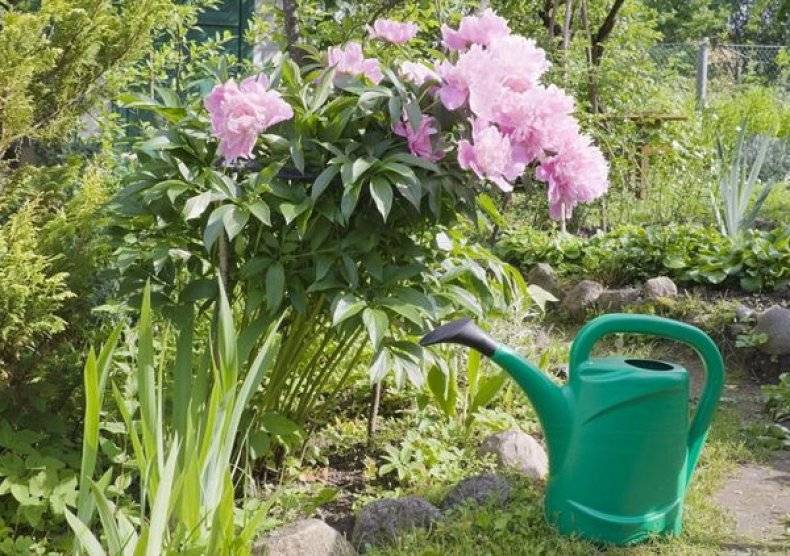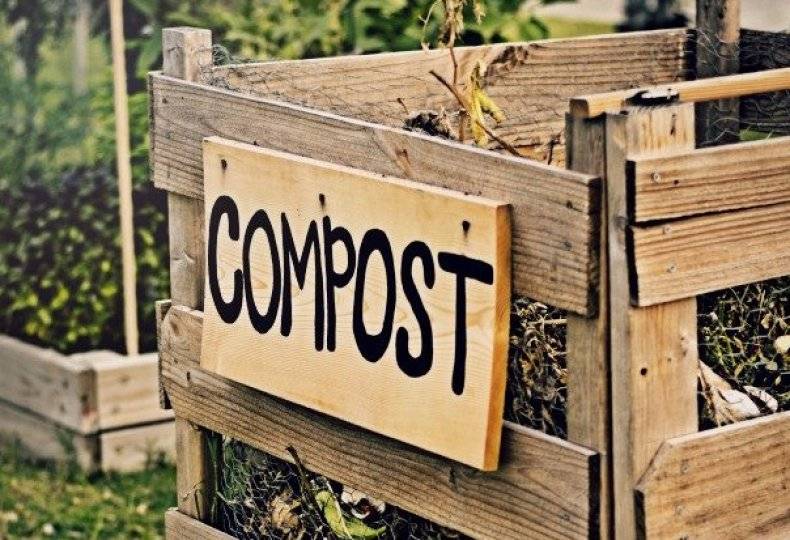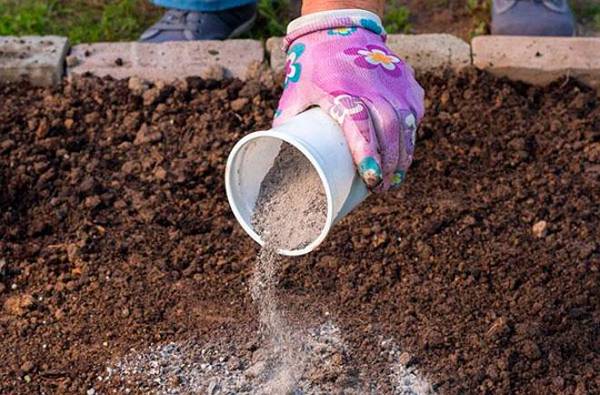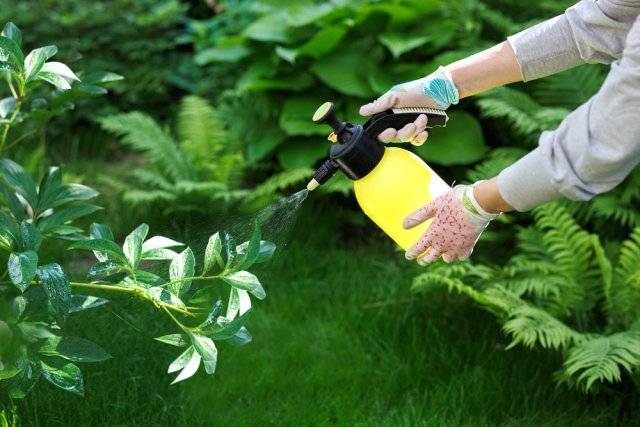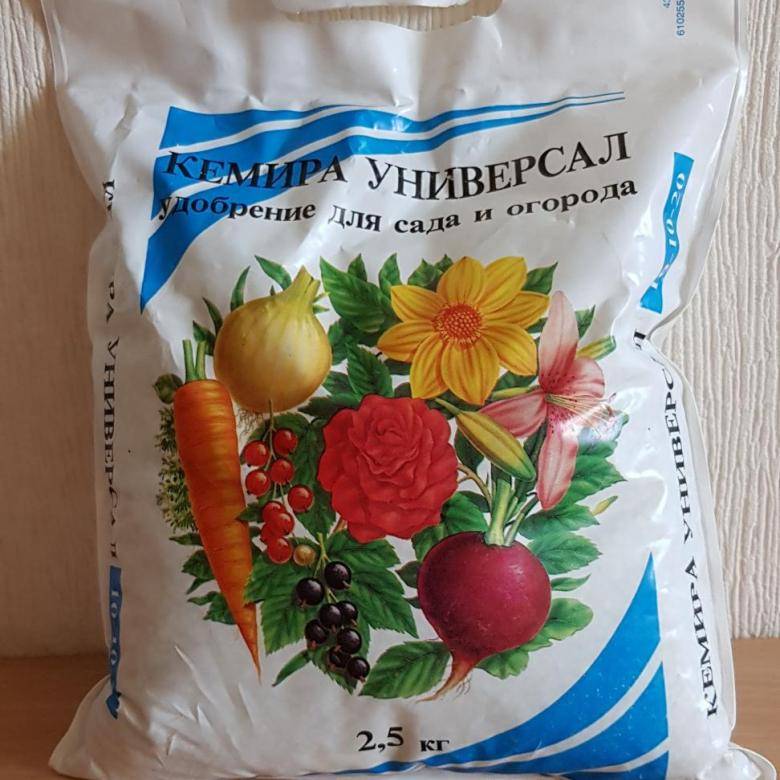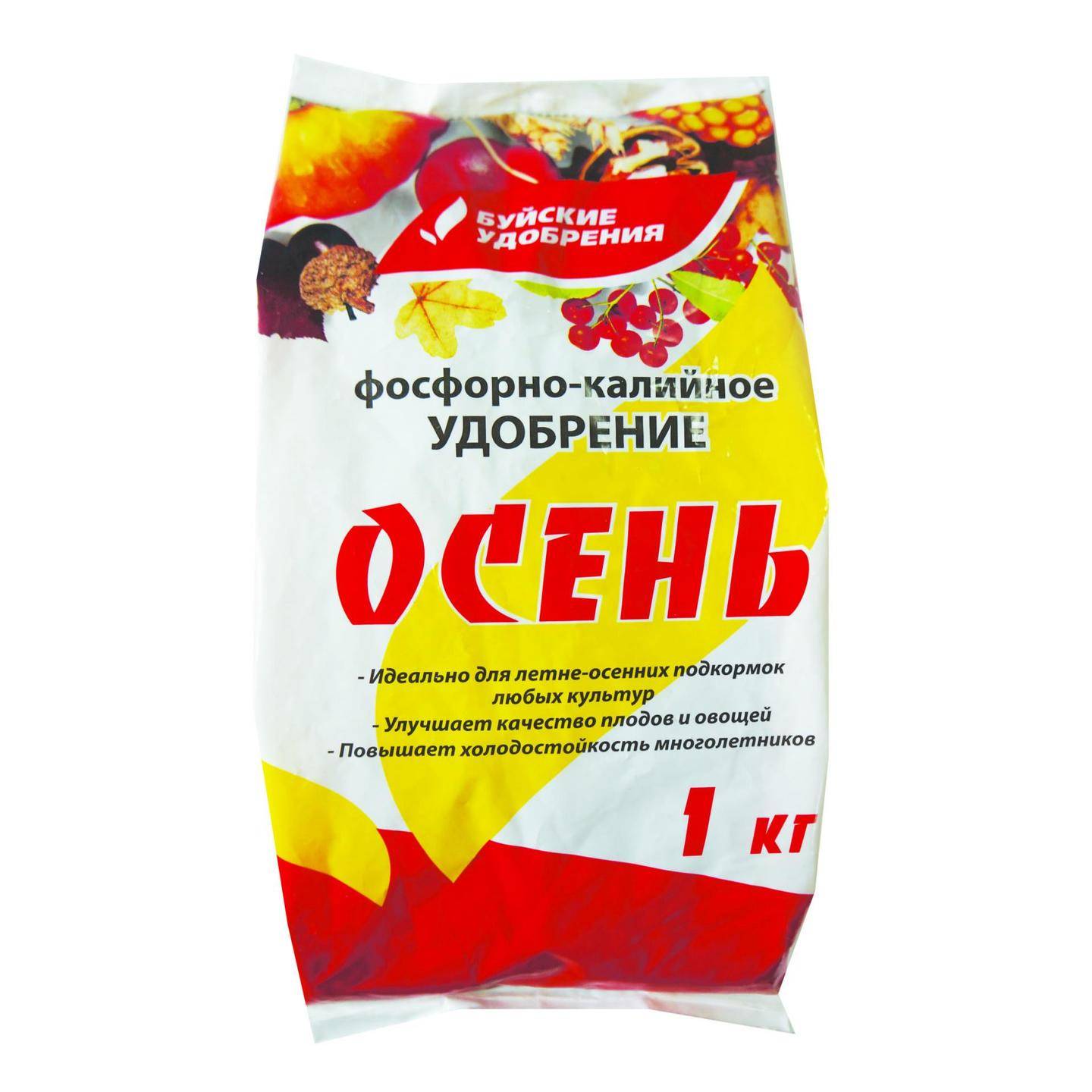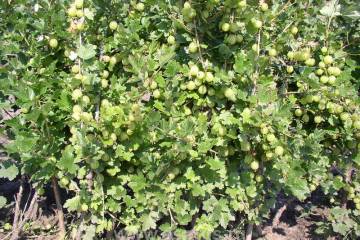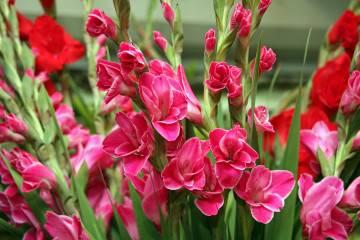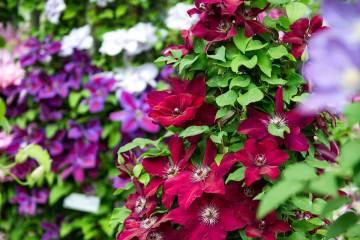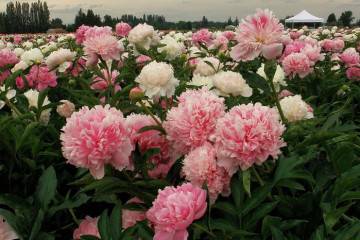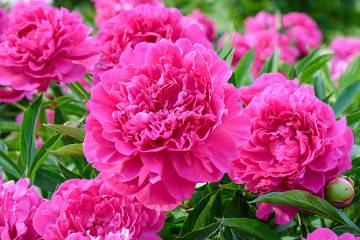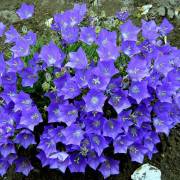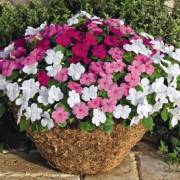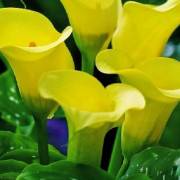How to feed peonies in the country in autumn and spring
Content:
Lush shrubs - peonies with huge, bright flowers - should be well fed. Good soil and proper care will certainly have a positive effect on the development and health of the plant. A handsome peony needs a balanced and regular complementary food. How to feed peonies throughout the season and how to do it correctly, this article will tell you.
Brief description of peonies
Peony is a perennial flowering shrub. It grows actively in the first years after planting. In height and width it can reach up to 1.5 meters. The bloom is profuse, the flowers are large, stuffed with wide and bright petals. On long shoots - dense, dark green greens of triple leaf plates.
Why you need to fertilize
During the planting of a peony, a planting pit is prepared for it. It is filled with a nutrient mixture of active fertilizers. Such complementary foods are enough for a bush for two years. During this time, it builds up the root system and develops. In the third year, peonies begin to bloom actively and voluminously. This process consumes a lot of the nutritional forces and energy of the flower. To support growth and flowering, additional feeding is needed.
What will happen if fertilized at the wrong time or in excess of the norm
Fertilizers are applied based on certain vegetation processes of the bush. This will allow you to receive exactly the feed that is currently needed:
- in early spring - to build up green mass;
- in the middle of spring - for laying buds;
- in the middle of summer - to recover from flowering.
If you feed a peony at the wrong time, it can disrupt metabolic processes and rebuild them. So, a peony may bloom late or not bloom at all. And this entails incorrect preparation for the winter. If complementary foods are too early, peonies can discard their buds early. Low temperatures and lack of sun provoke the appearance of small dull flowers.
At different stages of the growing season, the bushes require certain microelements. If the plant lacks them, this will affect the appearance. Untimely nutrition can also cause yellowing of foliage, the appearance of light spots on them, drying of the tips of the leaves, and the absence of buds.
When fertilizing in excess of the norm, life processes can go astray. So, a peony can over-increase the green mass. And this entails the absence or a small number of buds. Abundant flowering and splendor squeeze all the juices from the roots of peonies. Such shrubs do not tolerate wintering well, they are easily infected with diseases and pests.
What fertilizers are suitable for a peony
The three main elements for the full development of a peony are nitrogen, potassium, phosphorus. Supplementary elements for the health of the bush is a set of: magnesium, zinc, copper, iron, boron and sulfur. This balance can be replenished with different types of fertilizers.
Mineral
This type of fertilizer contains a mineral base. Nitrogen supports the growth of green mass. Potassium is involved in bud formation and abundant flowering.Phosphorus helps in flowering and preparing shrubs for wintering and laying replacement buds. The advantages of mineral fertilizers are that they contain a clearly calculated dosage for a particular period of plant development.
Organic
Organics contain everything so that peonies can bloom profusely, with beautiful large flowers. This is an affordable and safe type of food. This includes mullein, chicken droppings, dung, etc.
Complex
Complex fertilizers contain a number of micro and macro elements that provide support for the plant at any stage of the growing season. You should choose complex fertilizers for flowering horticultural crops.
Folk remedies
Accessibility for the grower and safety for the soil are the two main advantages of this type of complementary food. Fertilizer preparation is easy and simple. But it should be borne in mind that the plant needs certain amounts of certain minerals. Therefore, feeding with folk remedies often serves not as a basis, but as a support for nutrition.
How to fertilize correctly
Young peony bushes absorb nutrients better by foliar feeding. Their leaves actively absorb minerals. When fertilizing the soil under the bushes, the roots can get burns from dosage and concentration. More mature bushes absorb complementary foods better by roots.
Root dressing
There are three root feeding methods:
- Fertilizers are scattered around the bush. This method is especially relevant during the first early feeding. Fertilizers are scattered directly onto the snow, as it melts, nutrients are dissolved in the soil. If the spring is early and the snow has already melted, fertilizers are scattered on the pre-moistened soil.
- The dry additives are mixed with the soil. For this method, a shallow groove is dug around the bush, at a distance of 30-40 cm from the stems. The dry mixture is poured into it, and the earth is on top. The bush is watered, allowing the complementary food to be absorbed into the soil and reach the roots.
- Combined with watering is the most common and common method. Fertilizers are diluted in water at a certain dosage and poured under the bush.
Complementary foods are introduced early in the morning or in the evening after sunset.
Foliar dressing
This is the usual spraying of the shrub with a mixture of fertilizers diluted in water. It is important to follow the instructions exactly so that the leaves do not get burned. Greens are sprayed in the evening or in the morning so that the sun's rays do not fall on the foliage. The weather should be calm and dry.
Top dressing of peonies when planting
When planting, a nutrient mixture is added to the prepared hole. She will feed the bush for two years. Planting Mixture Options:
- humus, sand and superphosphate;
- compost, peat and wood ash;
- garden soil, manure, sand;
- manure, superphosphate, wood ash.
It is important to prepare the growth site in advance (at least two weeks in advance) so that the mixture sags in the hole.
Features of spring feeding of peonies
Spring feeding of peonies is important for the processes of awakening the bush and laying the buds. During this period, it is very important how to feed the peonies and how to do it correctly.
How to feed peonies in spring before flowering
In early April, the garden often still lies under the snow during this period, feeding the peonies will be the impetus for awakening and the beginning of an active life cycle.
Around each shrub, you can sprinkle directly on the snow:
- 15 g of ammonium nitrate and 20 g of potassium sulfate.
- 20 g of ammonium and 40 g of potassium nitrate.
What else to feed peonies in spring:
- Mix 5 kg of dolomite flour and 40 g of boric acid. Scatter 300 g of such complementary foods under each bush.
- Cow or horse manure (well rotted) is taken at the rate of half a bucket per bush, nitrophoska is added to it - 80 g per square meter.
Only the emerging seedlings will be useful to process with urea. Young shoots are sprayed with a solution of 5 g of urea per 1 liter of water.
How to feed peonies during budding
The important budding period determines the abundance and intensity of flowering. Sometimes complementary food increases the number of buds, but does not provide nutrition during flowering, which is why peonies quickly fade.
Options for feeding peonies during the budding period:
- In the mullein infusion, 20 g of potassium and 2 times more phosphorus are added. Each bush is watered with 2 liters of the resulting mixture.
- A complete mineral complementary food can be obtained by diluting 10 g of nitrogen, 15 g of potassium and 20 phosphorus in a bucket of water. Each bush is watered with this solution, the norm is 1 liter.
- Kemira-kombi is a complex set of complementary foods, which is important to dilute according to the instructions.
The period for introducing the second stage of complementary feeding is the end of April or the beginning of May, 20 days after the first complementary feeding. But one should also build on the timing of flowering of certain varieties.
Features of summer feeding
Summer top dressing provides a bright bloom and can prolong it. After the flowers wither, the plant needs to be supported and helped to restore its strength for the next stage - preparation for winter.
Top dressing of peonies during flowering
In the period June-July, any mixtures containing potassium and phosphorus are introduced. Reduce nitrogenous substances. Complementary foods during flowering should not be plentiful.
After flowering
After flowering, the processes are rebuilt to prepare for winter and the laying of replacement buds.
Fertilizers for peonies during this period:
- In the infusion of mullein (10 liters) add 15 g of potassium sulfate and 30 g of superphosphate. Water 2 liters under each bush.
- 10 g of potassium and 15 g of phosphorus are diluted in a bucket of water.
- Kemira-kombi with potassium monophosphate is also suitable.
You need to feed peonies 14 days after the flowers wither.
How to fertilize peonies in autumn
The fall support of the plants influences the flowering in the coming season. After all, it is in the fall that food reserves are distributed to new buds and roots. The more nutrients the roots store, the more they will be able to give replacement buds.
A potassium-phosphorus mixture is also needed in the fall. It will help speed up the process of preparing the roots for winter. The norm for each shrub is 10 g of potassium and 15 g of phosphorus. Can be used in autumn and complex fertilizers.
Top dressing after pruning
Pruning is done after the first frost. This is the time when it will be appropriate to feed peonies with bone meal. To do this, the bushes are dug in and sprinkled with a mixture of bone meal and ash in equal parts. A layer of compost, humus or manure is laid on top. This complementary food does not need to be added; it also serves to protect the roots from frost.
Feeding peonies is an important component of complete flower bed care. What peonies love, and in what periods you need to support their growth - important and necessary information for flower growers. Now every gardener will be able to make his dacha blooming and fragrant.
